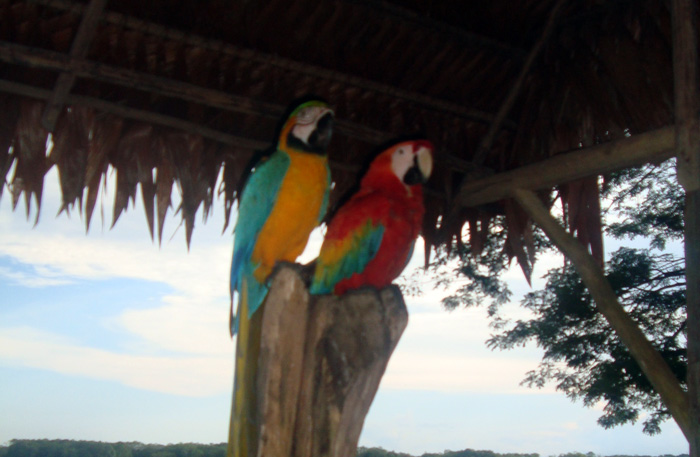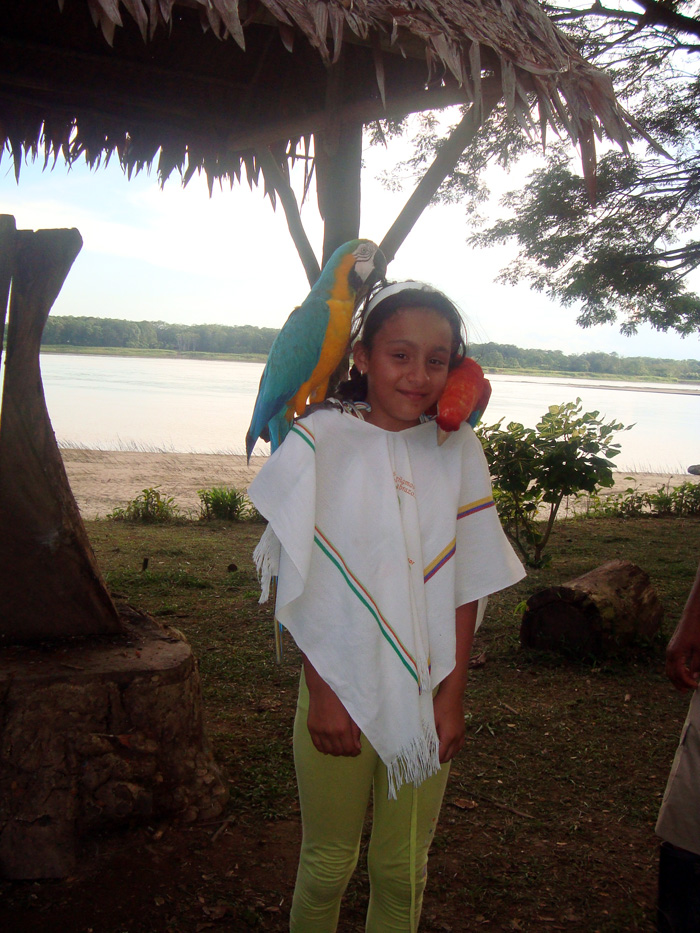"If a population is already being overexploited, any rate and extraction type would have serious effects on its viability and they could take the specie to extinction. Adult extraction, even in healthy populations, is more critical, since the 3% rate is already reducing populations and they are experiencing chick and adult extraction simultaneously. The hunt rates should not be over 1% or 2% to avoid the risk of extinction," explain Estaban Carrillo and Diego Fernando Builes Puertas, authors of this study.
The Amazona (parrot) and Ara (macaw) genus are especially vulnerable due to factors such as low reproductive rates, low chick survival, late reproduction, high proportion of non-reproductive adults and specific requirements for nest construction. Not to mention they are the favorite species people like to have as pets and that their extraction is generating bigger economic "profits" to local hunters.
In particular, the blue-and-yellow macaw (Ara ararauna), which lives in the low land forests that extend from Panama to the center of Bolivia and south-east of brazil, is very common, but its population is being reduced due to human presence, and local extinctions have already been registered.
The sensibility analysis of the adult hunt scenario for crafts shows that this type of extraction could have serious effects. Through a modeling program, it was determined that just by extracting 3% of the adults, the growth rate becomes negative, an 8% extraction means high probabilities for extinction, and rates over 10% mean that the extinction probability of this population in the next 100 years is between 52% and 100%.
Researchers warn that the only sustainable extraction is survival hunt, which is performed to obtain animal proteins or hunt sub-products to satisfy the needs of a group of humans linked to rural zones. Likewise, they request for the hunt rates to be reduced below 10% to protect the population viability.
"The recommendation is to establish protected areas which include their important nesting and feeding places such as salados and cananguchales. In addition, forbidding the trade of these species until Population Viability Analyses (PVA) are performed to establish rates and sustainable extraction means," said the researches.
 Correo Electrónico
Correo Electrónico
 DNINFOA - SIA
DNINFOA - SIA
 Bibliotecas
Bibliotecas
 Convocatorias
Convocatorias
 Identidad UNAL
Identidad UNAL





